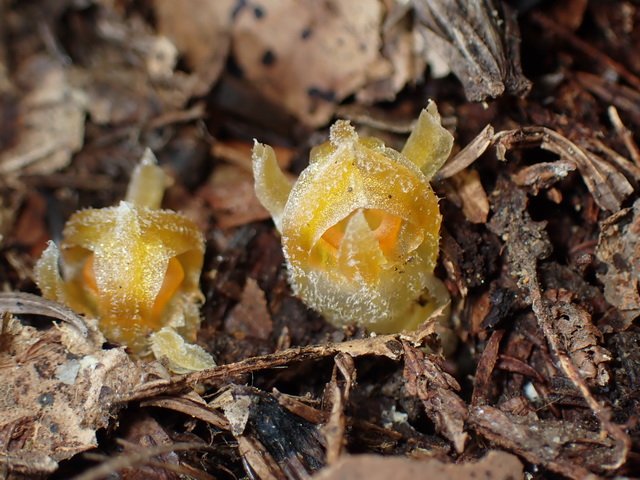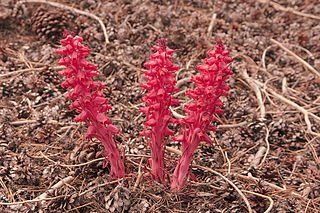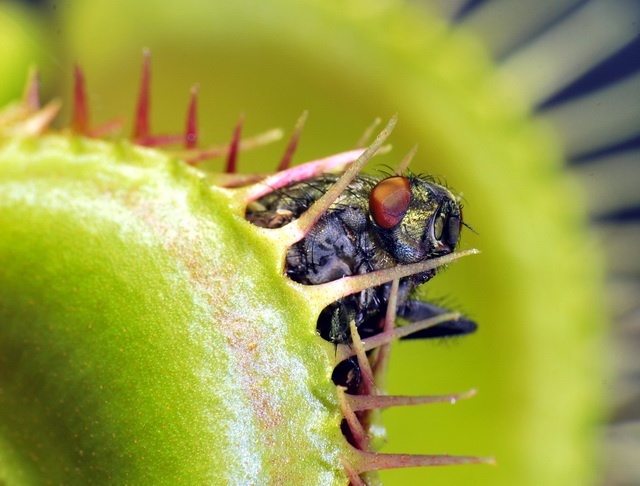Heart cockle accommodates algae that require light

The shells of heart cockles (Corculum cardissa) have many transparent windows on their sun-facing side for the benefit of resident algae. The windows have a special structure, Dakota McCoy and colleagues show.
Shells need to be hard and sturdy to protect the mollusk inside. It is a simple function and usually there is nothing special about a shell, apart from the diversity in shapes and colours. But the shells of heart cockles (Corculum cardissa and other species) are remarkable: they contain a large number of transparent windows, orderly arranged. They are there for a reason: they transmit sunlight to the unicellular algae that live within the mollusk. Dakota McCoy and colleagues investigated shape and function of the windows.
But why are algae living in shellfish in the first place?
Algae, like plants, are able to capture carbon dioxide from air to synthesize sugars with the use of sunlight in a process called photosynthesis; the sugars are the basis for energy and building materials. The nutrients that algae and plants need are chemical elements such as nitrogen, phosphorus, and calcium, which they incorporate into complex carbon compounds such as proteins and DNA, carrier of genetic information. Animals are dependent on photosynthesis; they must feed to obtain energy and building materials. Or…..
…. they can accommodate algae, so that they have sugars at their immediate disposal and do not have to feed.
Tiny windows
Some bivalves use this alternative opportunistically. And there are two groups that can only live with algae: the giant clams (Tridacninae, including the large Tridacna gigas) and many heart cockles (Fraginae). They house unicellular algae in fine branches of their intestinal tract. The algae provide sugars in exchange for a safe living place and probably also nutrients.
A prerequisite for successful cooperation is that the algae have access to sunlight. The hosts, which are partially buried, must ensure this. They live in shallow water, where sunlight penetrates to the bottom. Giant clams often keep their shells open, so that the animal is bathed in sunlight. Heart cockles have a different solution. Their shells remain closed, but the algae receive light through minuscule windows in the sun-facing side of the shells.
The researchers wanted to know more about the structure of these windows and examined those of the heart cockle Corculum cardissa.
Optic fibres
The shells of Corculum cardissa consist of aragonite, a calcium compound (calcium carbonate, CaCO3) that forms planar crystals that are crossed in orientation.
The windows have a different microstructure: here, the aragonite forms fibres instead of planar crystals. Each window is a bundle of cables consisting of parallel aragonite fibres that runs perpendicular to the shell surface. The cables transmit light, just like glass fibre cables. Fibre optic cables are exceedingly rare in nature, and cable bundles have never been found before.
Experiments show that the sun-facing shell sides – the windowed sides – transmit colours of sunlight that are important for photosynthesis; on average 31 percent of these colours passes through. In contrast, for ultraviolet light, which is harmful to animal tissue and algae, this percentage is only 14. The sand-facing shell sides transmit hardly any light.
Some individuals have a microlens beneath each window, also consisting of aragonite, which condenses the incoming light and focuses it deeper in the tissue, where the algae are. That completes the design.
You wouldn’t make it up: shells with windows. But it exists.
Willy van Strien
Photo: the sun-facing side of heart cockle Corculum cardissa. Ria Tan, Wildsingapore, via Flickr. Creative Commons: CC BY-NC-ND 2.0
Sources:
McCoy, D.E., D.H. Burns, E. Klopfer, L.K. Herndon, B. Ogunlade, J.A. Dionne & S. Johnsen, 2024. Heart cockle shells transmit sunlight to photosymbiotic algae using bundled fiber optic cables and condensing lenses. Nature Communications 15: 9445. Doi: 10.1038/s41467-024-53110-x
Kirkendale, L. & G. Paulay, 2024. Photosymbiosis in Bivalvia. Treatise Online no. 89: Part N, Revised, Volume 1, Chapter 9. Doi: 10.17161/to.v0i0.6568





